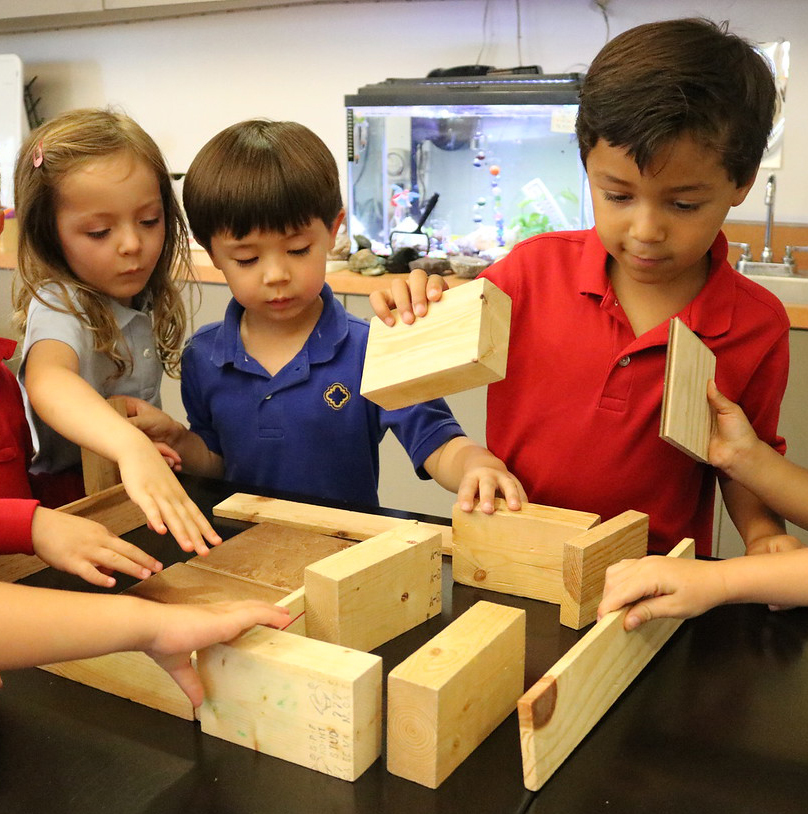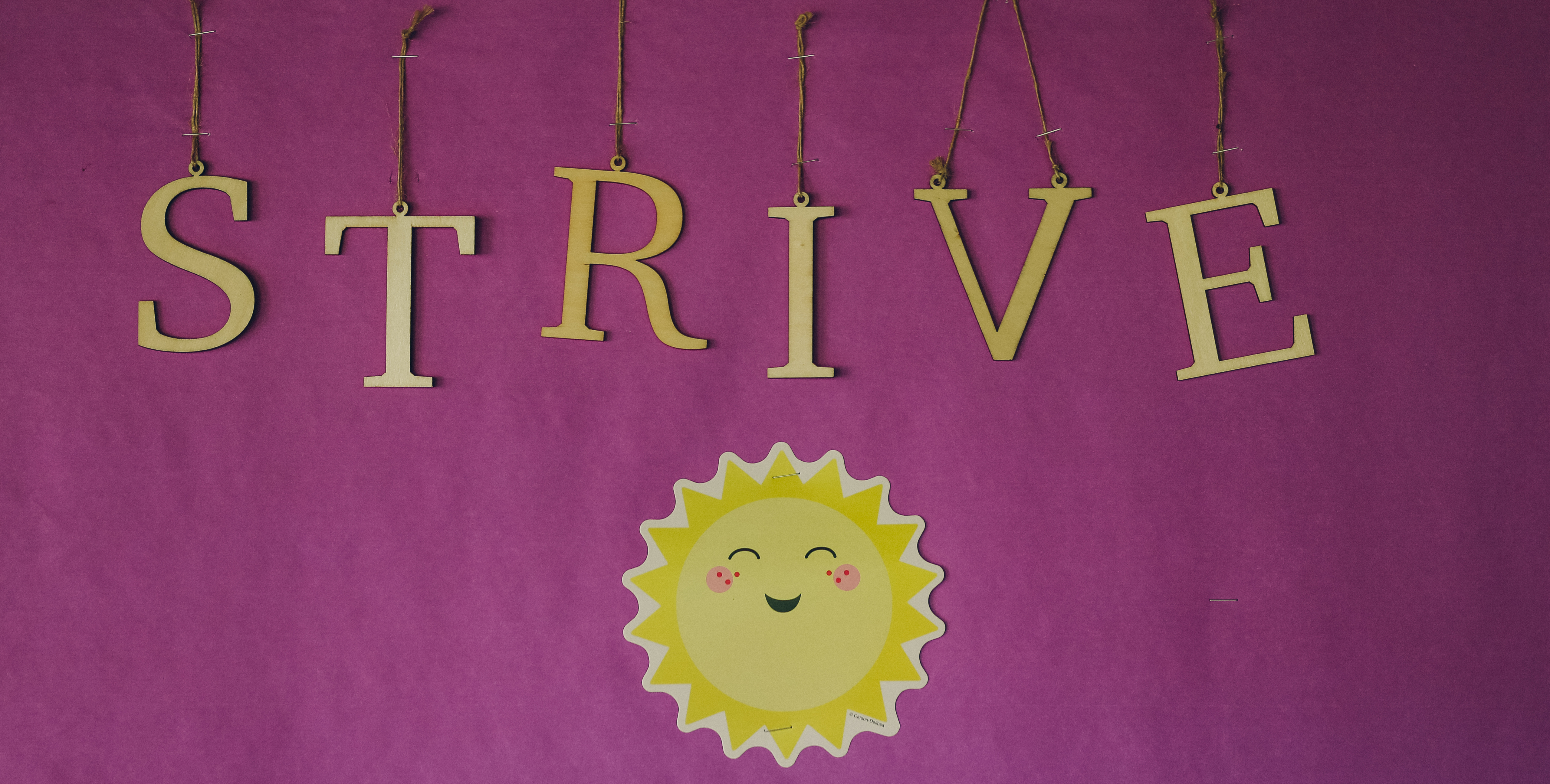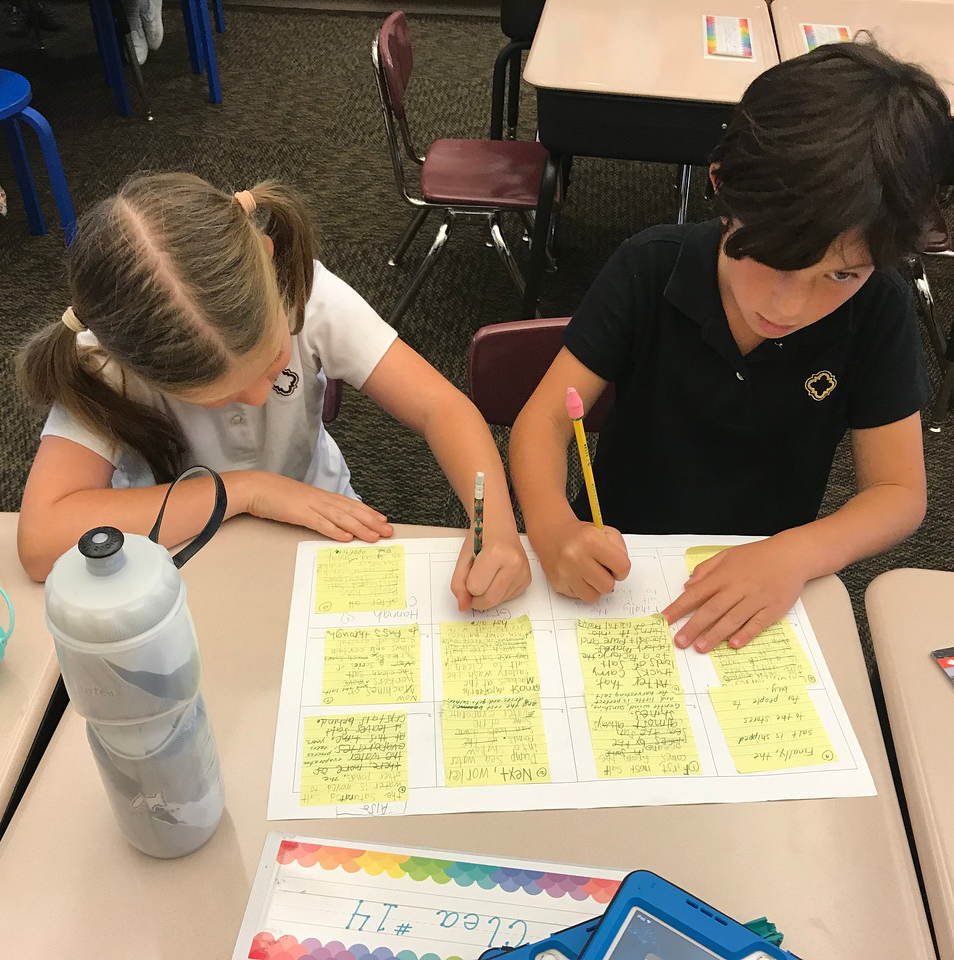



by Head of Lower School Dr. Bob Gillingham
Over the years, I’ve often told the story of how S.T.R.I.V.E. came to be. It was born from the desperation of a first-year principal who was trying to get a handle on an abundance of discipline problems—frequently described as “a line of children issuing out of my office.” It seemed as though my first year as principal was spent dealing with student discipline issues. However, the epiphany occurred to me one day during a meeting with the parents of a student being disciplined, the father asked me if the students knew what was expected of them. I had to admit that I wasn’t sure that they did. That conversation was the catalyst for the creation of S.T.R.I.V.E.—an easy to remember acronym constructed during a long family road trip to Colorado that summer.
For the last 27 years, S.T.R.I.V.E. has served as the ethical foundation for the way we operate at the Lower School. We recite the phrases of S.T.R.I.V.E. at every flag raising, they’re posted in virtually every classroom, and when students have trouble following the guidelines, they are made aware of what letter in S.T.R.I.V.E. they are not following or observing.
S.T.R.I.V.E. represents what is carefully nurtured by our remarkably-dedicated teachers, staff, and parents all day, every day. There is constant guidance beginning with how to sit and listen appropriately, how to treat others well so that friends are made, and learning to share—key lessons that form the basis of good citizenship. Students have daily examples of S.T.R.I.V.E. set by our teachers and staff who model friendliness, compassion, understanding, and patience. And, there is the explicit and intentional instruction of what is acceptable and what isn’t; what takes away from others’ well-being and what augments it; and how one can grow as an individual and as a member of a group.
In a discussion last year at the Upper School, teachers explored with students ideas for capturing character education on that Campus. One student suggested that S.T.R.I.V.E.—the basis of which they still knew well—would work as well as anything. Shortly thereafter, S.T.R.I.V.E. was adopted as the overall goal of Parker’s character education efforts across all divisions. Our aspiration is that all students graduating from Parker will have internalized the values represented by S.T.R.I.V.E. such that they live them on a daily basis and contribute meaningfully and positively to the world they’ll inhabit.
What I love about Parker is the community’s willingness to learn and grow. It seems to me that the School is always evolving, becoming stronger, more efficient and more effective in meeting students’ needs. Character education is no exception. Led by the School’s clinical psychologist, Dr. Bridgett Besinger, School leadership created a research-based model called “Ways of Being,” based on the work of the Collaborative for Academic, Social and Emotional Learning (CASEL). Each division will use this framework to create even more intentional instruction of its various components in everything that is taught.
For example at the Lower School, students in Junior Kindergarten through Grade 1 will focus on Identity—learning more about self-awareness, self-acceptance, mindfulness, and flexible thinking. Students in Grades 2 and 3 will be ready to add lessons on Awareness—digging deeper into social awareness, empathy, perspective-taking, cultural competence, and critical thinking. In Grades 4 and 5, Action will be the focus as students learn more about self-regulation, self-efficacy, teamwork, resilience, engagement in learning, and responsibility. For consistency and clarity, these Ways of Being skills will be captured in Lower School’s new student progress reports issued in January and June under the heading of “Approach to Learning (STRIVE).”
Spend a little time on the Lower School Campus and you’ll feel the happiness and joy that routinely fill our hours. The collective efforts of caring teachers, collaborative parents, and staff that fully invests itself in the mission of the School make that outcome not only possible but also predictable.
